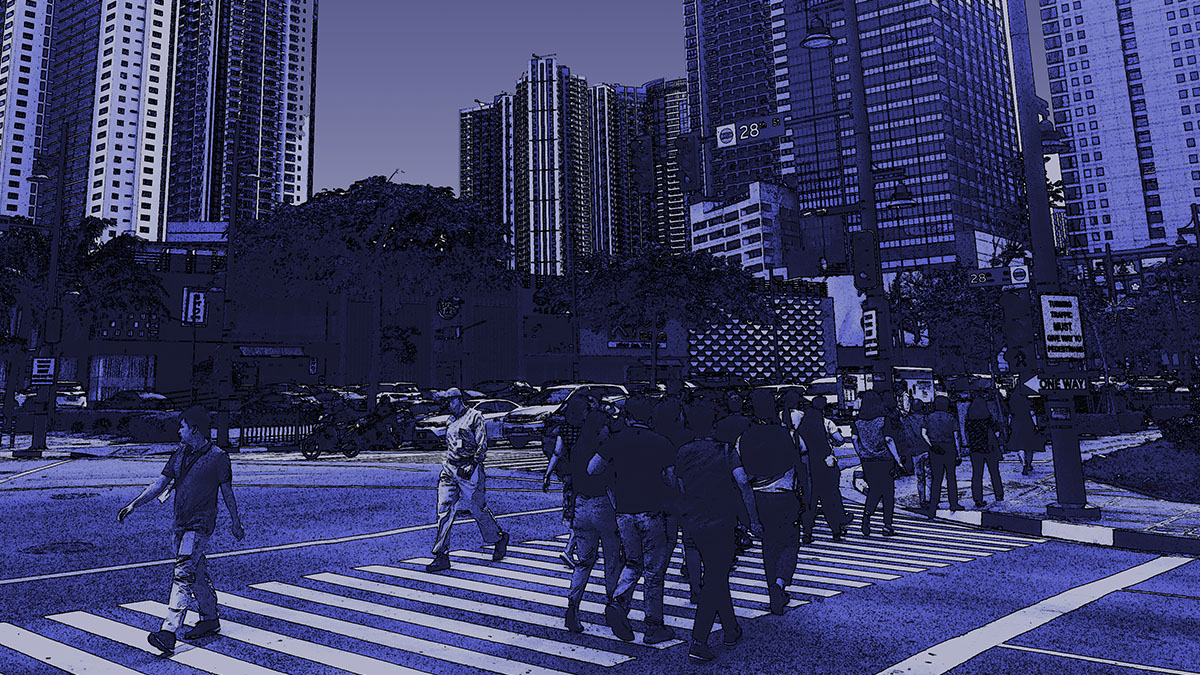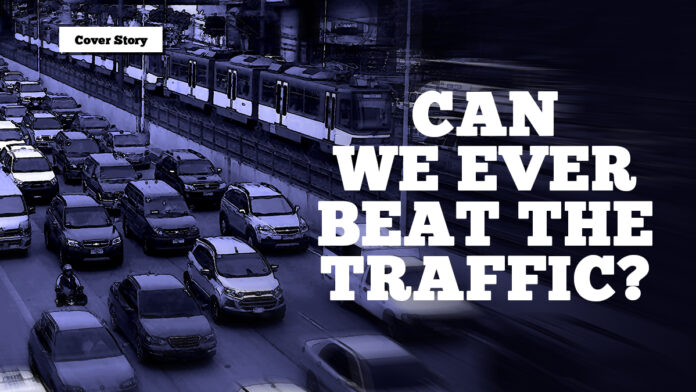It takes around three to four hours to reach Baguio from NCR via the NLEX-SCTEX-TPLEX route. This is a distance of at least 235-kilometers from that first expressway tollgate to the Summer Capital’s center. Last Christmas season, it took me the same amount of time to traverse the roughly 30-kilometers from SLEX in the Alabang area to Quezon City. For those coming from Fairview, the experience can sometimes be just as bad going from their place to the opposite end of Quezon City. The point is that there are too many cars on the Metro’s thoroughfares. So much so that in a study published in 2019, the Japan International Cooperation Agency said that the country’s traffic cost us over PHP2-billion per day in 2014 and over PHP3-billion per day in 2017, with the figure estimated to balloon to over PHP5-billion per day by 2035 if the situation does not improve.
How have we gotten here, and how can we move forward from this mobility gridlock?

We’re currently a car-centric culture
According to the Land Transportation Office, in 2020, there were 1.1-million registered private cars in the Philippines. In 2021, this grew to 1.19-million. In 2022, this was at 1.27-million. While the COVID-19 pandemic caused an economic slowdown, it did not deter the rise in private vehicle ownership. In fact, it spurred vehicle purchases as more people opted away from public transportation options due to the fear of catching COVID-19 from other commuters. However, this car-centric mindset stems way back before the pandemic. In a survey conducted by the National Economic and Development Authority in 2015, over 8,000 out of 10,000 respondents said that they dreamed of owning at least one car by 2040.
This car-first mentality is also reflected in public spending. Looking at the data, over PHP2.7-trillion out of some PHP2.8-trillion public funds meant for road infrastructure were used for the development of the country’s road networks. While bigger, longer, and wider roads seem to solve traffic in the short term, in the long term we just end up with the same problem due to induced demand.
More roads means more cars which means more traffic. Rinse and repeat.

Other road users have traditionally been treated as afterthoughts
The Just Transition Research Collaborative in 2021 reported that there is only one public utility vehicle for every 25 private vehicles on Metro Manila’s roads. This is in stark contrast with the actual number of people who need to go from A to B. With a population of almost 13.5-million, over 9-million commuters in NCR depend on public transport to go where they need to, according to the Move As One Coalition transport advocate group. To further highlight the disparity, the University of the Philippines School of Urban and Regional Planning says that this 70% majority only take up 22% of available road space — the rest of the asphalt is occupied mostly by private vehicles.
Meanwhile, walking and cycling are the most common first- and last-mile modes for public commuters as, more often than not, designated public transport stops are not actually someone’s final destination. However, if you look at the Metro, most sidewalks are not conducive for walking. Either they are not wide enough, slanted so you’re always walking, leaning to one side, occupied as vehicle parking, or treated as extensions of private properties or commercial establishments. If you’re a pedestrian looking to get to the other side of the road, then you will also have to deal with mountainous footbridges instead of the more convenient at-grade crossing. For cyclists, while the pandemic has brought about the development of over 500 kilometers of dedicated bike lanes, these have slowly been unofficially turned into shared lanes with motorcycles and cars when no traffic enforcers are around. In fact, fairly recently, proposals to officially convert EDSA’s bike lanes into shared lanes have surfaced but have luckily been shelved for the time being.
Such is the plight of most Filipinos who do not have their own cars.

Now what?
This car-centric situation is not unique to the Philippines and, fortunately, success stories abound of countries that have successfully transitioned from private car-centricity to more efficient means of transport. An example is the Netherlands. During the 1970s, the country faced similar problems with traffic congestion due to the sheer volume of vehicles. By rethinking city planning, investing in the appropriate infrastructure, and creating policies that favored those with fewer wheels, the Netherlands is now one of the most cycling-friendly cities in the world.
You may be thinking, “But that’s a cold country. It would not be the same experience with the Philippines’ very humid, tropical climate.” And that’s true. However, there are places in Southeast Asia that have successfully integrated biking into their residents’ daily lives. For example, there’s Tampines in Singapore. In a 2014 study, over 50% of the town’s households had at least one bicycle, and over 38% of the town were regular cyclists. The town was able to achieve this thanks to investing in dedicated, segregated, and uninterrupted bike lanes; shaded bike lanes; and multi-modal connectivity options allowing cyclists to take other forms of public transport.
To put it simply, build it — better public transport, better sidewalks, and better bike lanes — and they will come. People are more than willing to commute and take mass transport options, but these have to be made dignified and convenient. On top of reduced traffic, other benefits can be gained, such as improved air quality due to fewer vehicles on the road, better public health as people move more, and overall better quality of life.
It won’t be easy. It won’t be instant. But hopefully, in time, that three-hour traffic from Quezon City to Quezon City will just be a fond memory we tell the next generation.
Words by Chris Noel Hidalgo
Also published GADGETS MAGAZINE September 2023 Issue
